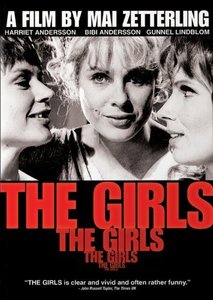
Wild Strawberries is a 1957 Swedish drama film written and directed by Ingmar Bergman. The original Swedish title is Smultronstället, which literally means "the wild strawberry patch" but idiomatically signifies a hidden gem of a place, often with personal or sentimental value, and not widely known. The cast includes Victor Sjöström in his final screen performance as an old man recalling his past, as well as Bergman regulars Bibi Andersson, Ingrid Thulin, and Gunnar Björnstrand. Max von Sydow also appears in a small role.

Mai Elisabeth Zetterling was a Swedish film director, novelist and actress.

Lysistrata is an ancient Greek comedy by Aristophanes, originally performed in classical Athens in 411 BCE. It is a comic account of a woman's extraordinary mission to end the Peloponnesian War between Greek city states by denying all the men of the land any sex, which was the only thing they truly and deeply desired. Lysistrata persuades the women of the warring cities to withhold sexual privileges from their husbands and lovers as a means of forcing the men to negotiate peace—a strategy, however, that inflames the battle between the sexes.
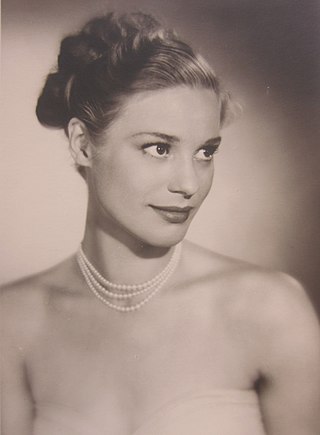
Ingrid Lilian Thulin was a Swedish actress and director who collaborated with filmmaker Ingmar Bergman. She was often cast as harrowing and desperate characters, and earned acclaim from both Swedish and international critics. She won the Cannes Film Festival Award for Best Actress for her performance in Brink of Life (1958) and the inaugural Guldbagge Award for Best Actress in a Leading Role for The Silence (1963), and was nominated for a Best Supporting Actress BAFTA for Cries and Whispers (1972).

The Touch is a 1971 romantic drama film directed by Ingmar Bergman and starring Max von Sydow, Bibi Andersson, Elliott Gould, and Sheila Reid. The film tells the story of an affair between a married woman and an impetuous foreigner. It contains references to the Virgin Mary and the Holocaust.
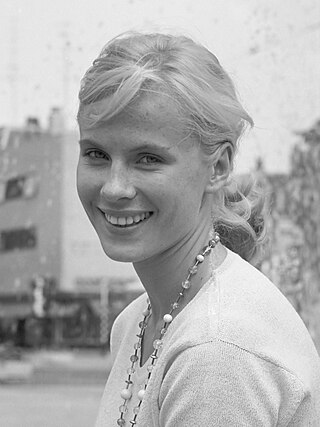
Berit Elisabet Andersson, known professionally as Bibi Andersson, was a Swedish actress who was best known for her frequent collaborations with filmmaker Ingmar Bergman.
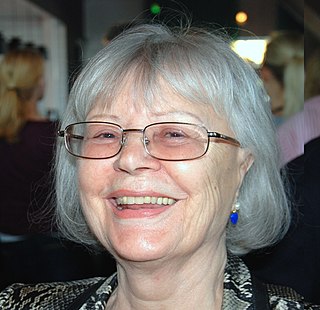
Harriet Andersson is a Swedish actress, best known outside Sweden for being part of director Ingmar Bergman's stock company. She often plays impulsive, working class characters.
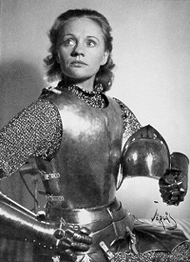
Gunn Wållgren (born Gunnel Margaret Haraldsdotter Wållgren; ; was a Swedish stage and film actress. She is best remembered for her role in Ingmar Bergman's film Fanny and Alexander.
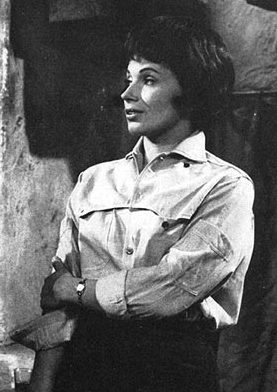
Gunnel Märtha Ingegärd Lindblom was a Swedish film actress and director.
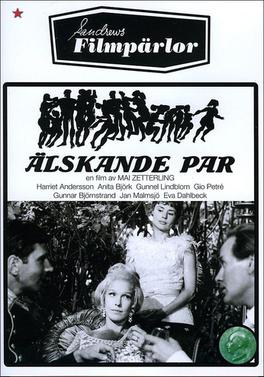
Loving Couples is a 1964 Swedish drama film directed by Mai Zetterling. It was Zetterling's first feature film and entered into the 1965 Cannes Film Festival.
Rabies is a 1958 Swedish television drama film directed by Ingmar Bergman.

The Girl with the Dragon Tattoo is a 2009 Swedish-Danish crime thriller film with German co-production directed by Niels Arden Oplev from a screenplay by Rasmus Heisterberg and Nikolaj Arcel and produced by Søren Stærmose, based on the 2005 novel of the same name by Swedish writer Stieg Larsson, the first entry in his Millennium series. The film stars Michael Nyqvist and Noomi Rapace.
Freud's Leaving Home is a 1991 Swedish comedy film directed by Susanne Bier. The film won ten awards and was nominated for three.

U-Boat 39 is a 1952 Swedish drama film directed by Hampe Faustman and starring Eva Dahlbeck, Karl-Arne Holmsten and Gunnel Broström. It is part of the subgenre of Submarine films. It was based on the play of the same title by Rudolf Värnlund

I Killed or I Slew is a 1943 Swedish drama film directed by Olof Molander and starring Anders Henrikson, Arnold Sjöstrand and Irma Christenson. It was shot at the Centrumateljéerna Studios in Stockholm. The film's sets were designed by the art director Bibi Lindström. It is a remake of the 1942 Norwegian film Jeg drepte!.
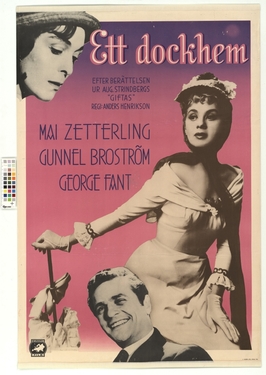
A Doll's House is a 1956 Swedish drama film directed by Anders Henrikson and starring Mai Zetterling, Gunnel Broström and George Fant. It was shot at the Sundbyberg Studios of Europa Film in Stockholm. The film's sets were designed by the art director Arne Åkermark. It is based on the 1886 short story of the same title by August Strindberg, which he had written is response to Henrik Ibsen's 1879 play A Doll's House. It was released in the United States in a double bill with Getting Married under the alternative title Of Love and Lust.

The Girl in the Rain is a 1955 Swedish drama film directed by Alf Kjellin and starring Marianne Bengtsson, Kjellin, Annika Tretow and Gunnel Lindblom. It was shot at the Centrumateljéerna Studios in Stockholm. The film's sets were designed by the art director Nils Nilsson.

Knockout at the Breakfast Club is a 1950 Swedish comedy film directed by Gösta Bernhard and starring Sigge Fürst, Åke Söderblom and Irene Söderblom. It was shot at the Centrumateljéerna Studios in Stockholm. The film's sets were designed by the art director Bibi Lindström. It was based on a popular radio series.

Rider in Blue is a 1959 Swedish mystery thriller film directed by Arne Mattsson and starring Annalisa Ericson, Gunnel Broström and Bengt Brunskog. It was shot at the Centrumateljéerna Studios in Stockholm and on location at Bromma Airport and Strömsholm Castle. The film's sets were designed by the art director Bibi Lindström. It was the third in a series of five films featuring the husband and wife detective team John and Kajsa Hillman. It was followed by The Lady in White in 1962.
